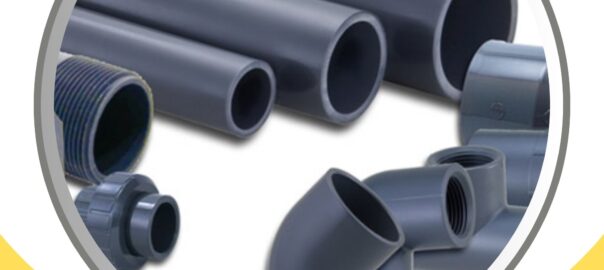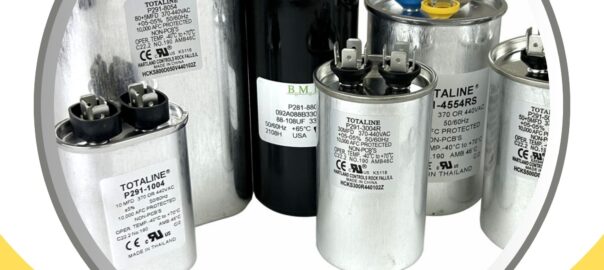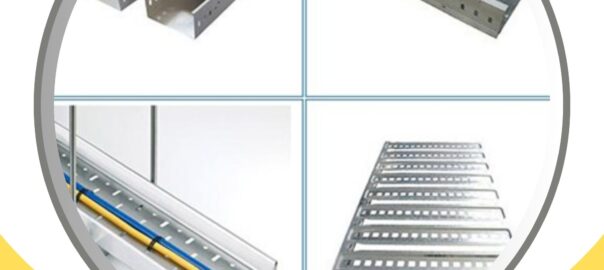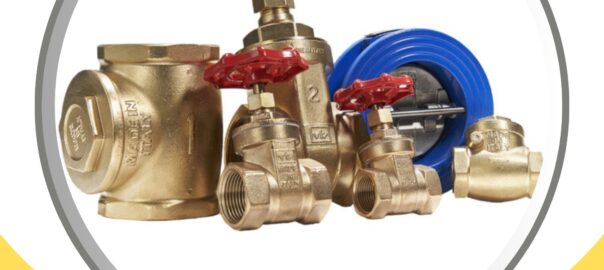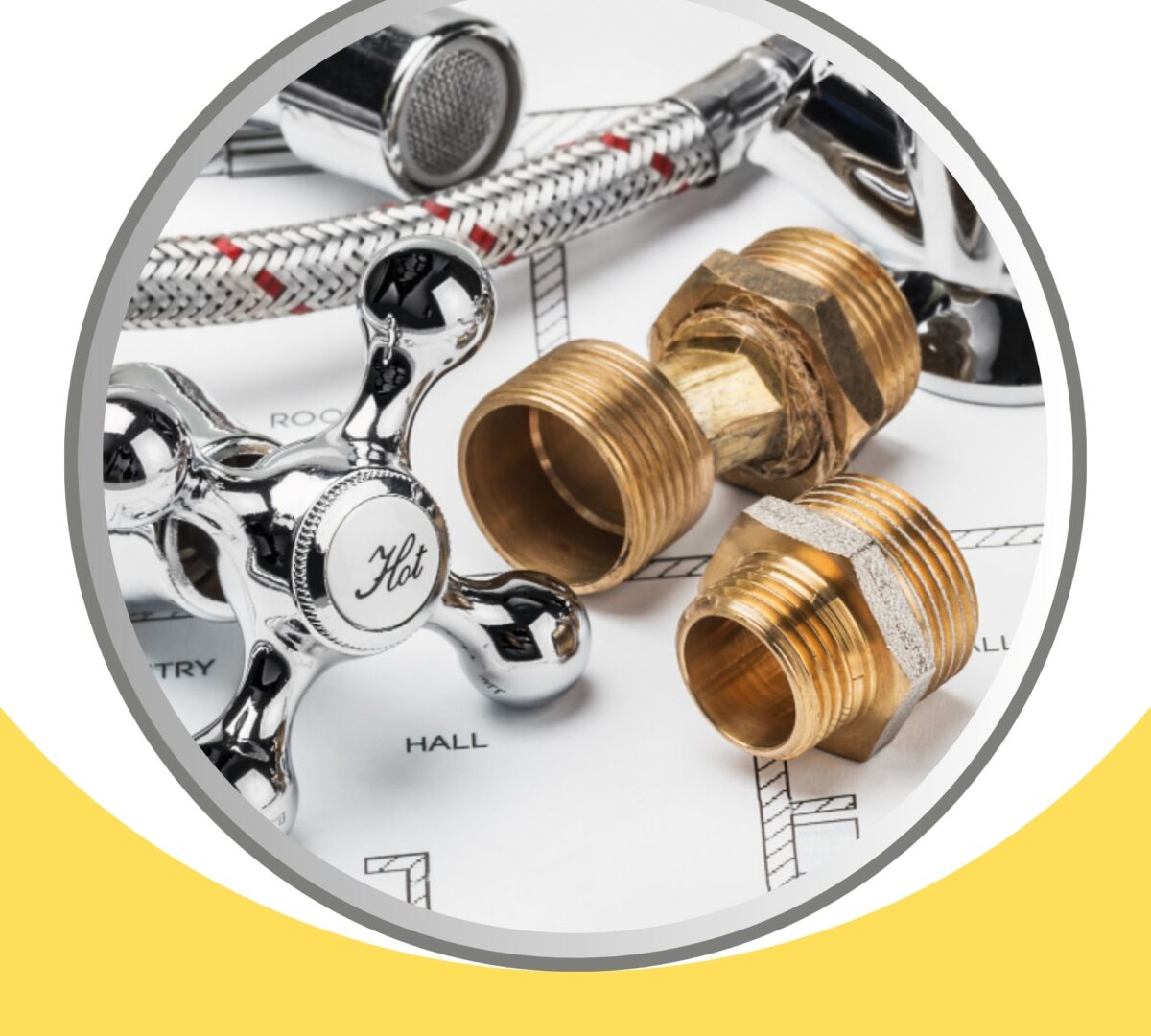
What are the types of plumbing?
Plumbing is the system of pipes and fixtures that transports water, wastewater, and gas throughout a building. There are three main types of plumbing systems:
- Sanitary plumbing: Sanitary plumbing is responsible for transporting water and wastewater throughout a building. This includes the pipes and fixtures that supply water to sinks, toilets, showers, and bathtubs, as well as the pipes and fixtures that drain wastewater away from these fixtures.
- Stormwater plumbing: Stormwater plumbing is responsible for draining rainwater away from a building. This includes the gutters and downspouts that collect rainwater from the roof, as well as the pipes that carry the rainwater away from the building.
- Gas plumbing: Gas plumbing is responsible for transporting natural gas throughout a building. This includes the pipes and fixtures that supply gas to stoves, ovens, and water heaters.
In addition to these three main types of plumbing systems, there are also a number of specialized plumbing systems, such as:
- Hydronic heating systems: Hydronic heating systems use hot water to heat a building. These systems typically consist of a boiler, which heats the water, and a network of pipes that distribute the hot water to radiators or other heating elements throughout the building.
- Solar water heating systems: Solar water heating systems use the sun’s energy to heat water. These systems typically consist of solar collectors, which absorb the sun’s heat, and a storage tank, which stores the heated water.
- Rainwater harvesting systems: Rainwater harvesting systems collect rainwater from the roof and store it for later use. This water can be used for irrigation, watering lawns and gardens, washing cars, and other non-potable uses.
Plumbing is a complex and essential part of modern life. By understanding the different types of plumbing systems and how they work, you can better maintain and troubleshoot your own plumbing system.
Here are some additional details about each type of plumbing system:
Sanitary plumbing
Sanitary plumbing systems are designed to transport clean water to fixtures and to drain wastewater away from fixtures. The clean water supply system consists of pipes and fixtures that supply water to sinks, toilets, showers, and bathtubs. The wastewater drainage system consists of pipes and fixtures that drain wastewater away from these fixtures to the sewer system.
Sanitary plumbing systems must be designed and installed in a way that prevents the contamination of clean water with wastewater. This is achieved by using backflow prevention devices and by separating the clean water supply system from the wastewater drainage system.
Stormwater plumbing
Stormwater plumbing systems are designed to drain rainwater away from a building. This is important to prevent flooding and to protect the foundation of the building from damage. Stormwater plumbing systems typically consist of gutters and downspouts, which collect rainwater from the roof, and pipes that carry the rainwater away from the building to a storm drain or other drainage system.
Gas plumbing
Gas plumbing systems are designed to transport natural gas throughout a building. Natural gas is a flammable gas, so it is important to install and maintain gas plumbing systems carefully to prevent gas leaks and explosions. Gas plumbing systems typically consist of pipes and fixtures that supply gas to stoves, ovens, and water heaters.
Gas plumbing systems must be installed in accordance with local building codes and regulations. It is important to have a licensed plumber install and maintain your gas plumbing system.
Why do we use it?
We use plumbing for a variety of reasons, including:
- To provide clean water for drinking, cooking, bathing, and cleaning.
- To remove wastewater and sewage from our homes and businesses.
- To provide gas for cooking, heating, and water heating.
- To improve our quality of life by making it easier and more convenient to access clean water and gas.
Plumbing is essential for our health and well-being. Without plumbing, we would have to rely on carrying water from wells or streams, and we would have to dispose of wastewater on our own. This would be time-consuming, inconvenient, and unsanitary.
Plumbing also plays an important role in our economy. Plumbing systems are used in a variety of industries, including manufacturing, healthcare, and food service. Without plumbing, these industries would not be able to operate.
Here are some specific examples of how we use plumbing in our everyday lives:
- When we turn on the faucet, plumbing delivers clean water to our sink.
- When we flush the toilet, plumbing removes the wastewater and transports it to the sewer system.
- When we take a shower, plumbing delivers hot water to the showerhead.
- When we cook on the stove, plumbing supplies gas to the stovetop.
- When we heat our homes, plumbing transports hot water to the radiators or other heating elements.
Plumbing is also used in a variety of commercial and industrial applications, such as:
- Restaurants use plumbing to provide clean water for cooking and washing dishes, and to remove wastewater.
- Hospitals use plumbing to provide clean water for patients and staff, and to remove wastewater and medical waste.
- Manufacturing plants use plumbing to provide water for production processes, and to remove wastewater and hazardous waste.
Overall, plumbing is an essential part of our modern world. It plays a vital role in our homes, businesses, and industries, and it improves our quality of life.
-
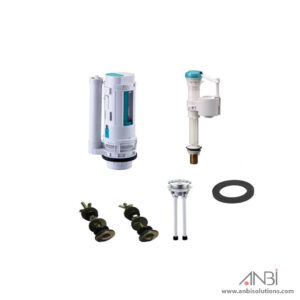 ANBI Toilet Repair Kit Universal Dual Flush Bottom Inlet ItalyProduct on sale
ANBI Toilet Repair Kit Universal Dual Flush Bottom Inlet ItalyProduct on sale50.40 AED42.00 AED -
 ANBI Soap Dish Frosted Italy 812226.25 AED
ANBI Soap Dish Frosted Italy 812226.25 AED -
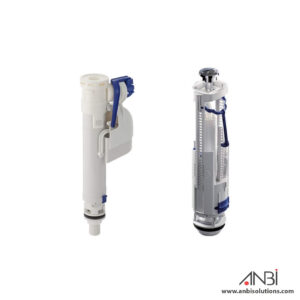 RAK GEBERIT Dual Flush Mechanism Type Bottom Inlet FS68GEB RF + RI120.00 AED
RAK GEBERIT Dual Flush Mechanism Type Bottom Inlet FS68GEB RF + RI120.00 AED -
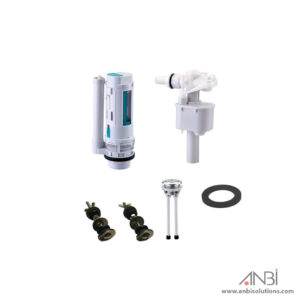 ANBI Toilet Repair Kit Universal Dual Flush Side Inlet ItalyProduct on sale
ANBI Toilet Repair Kit Universal Dual Flush Side Inlet ItalyProduct on sale44.10 AED42.00 AED -
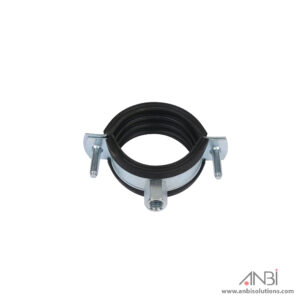 ANBI Pipe Hanging Rubber Split Clamps with EPDM Lining1.68 AED – 42.00 AED
ANBI Pipe Hanging Rubber Split Clamps with EPDM Lining1.68 AED – 42.00 AED -
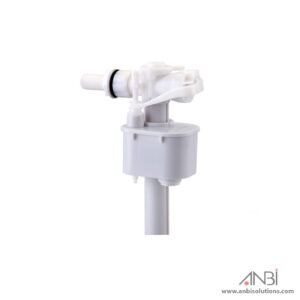 ANBI Cistern Toilet Repair Fill valve Only Side Brass Inlet Italy26.25 AED
ANBI Cistern Toilet Repair Fill valve Only Side Brass Inlet Italy26.25 AED -
 GEBERIT Dual Flush Mechanism Type 290-360 Bottom Inlet172.95 AED
GEBERIT Dual Flush Mechanism Type 290-360 Bottom Inlet172.95 AED -
 FLUIDMASTER Flush Valve 550 Cable Dual Flush 2″ Series NF103.95 AED
FLUIDMASTER Flush Valve 550 Cable Dual Flush 2″ Series NF103.95 AED -
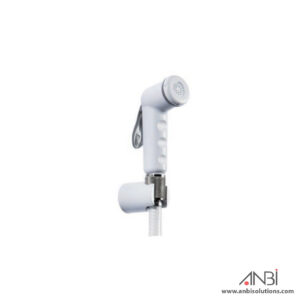 VITTORIA Shattaf Kit w/ Flexible & Fix Wall Bracket WhiteProduct on sale
VITTORIA Shattaf Kit w/ Flexible & Fix Wall Bracket WhiteProduct on sale27.30 AED18.90 AED -
 KLUDI Zenta Single Lever Basin Mixer KLU-382500575294.84 AED
KLUDI Zenta Single Lever Basin Mixer KLU-382500575294.84 AED -
 ANBI Tooth Brush Holder Italy 8121Product on sale
ANBI Tooth Brush Holder Italy 8121Product on sale36.75 AED26.25 AED -
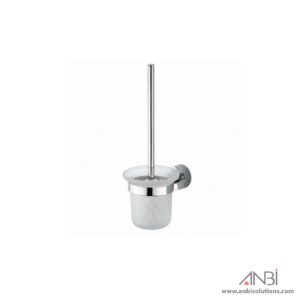 ANBI Toilet Brush Holder Glass Wall Mounted Italy 812937.80 AED
ANBI Toilet Brush Holder Glass Wall Mounted Italy 812937.80 AED -
 DELUXE Star Bath Mixer Chrome Shower Mixer 2272Product on sale
DELUXE Star Bath Mixer Chrome Shower Mixer 2272Product on sale110.00 AED68.00 AED -
 TEKA Professional Kitchen Mixer FOT9991,155.00 AED
TEKA Professional Kitchen Mixer FOT9991,155.00 AED -
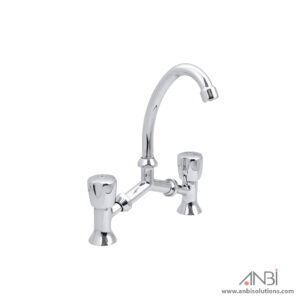 ANBI Dual Handle Basin Bridge Mixer ABB-207-CP130.00 AED
ANBI Dual Handle Basin Bridge Mixer ABB-207-CP130.00 AED -
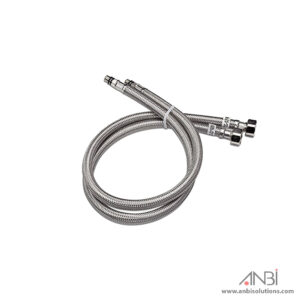 ANBI Flexible Sink Faucet Connection ABBF4-60MF12.28 AED
ANBI Flexible Sink Faucet Connection ABBF4-60MF12.28 AED

